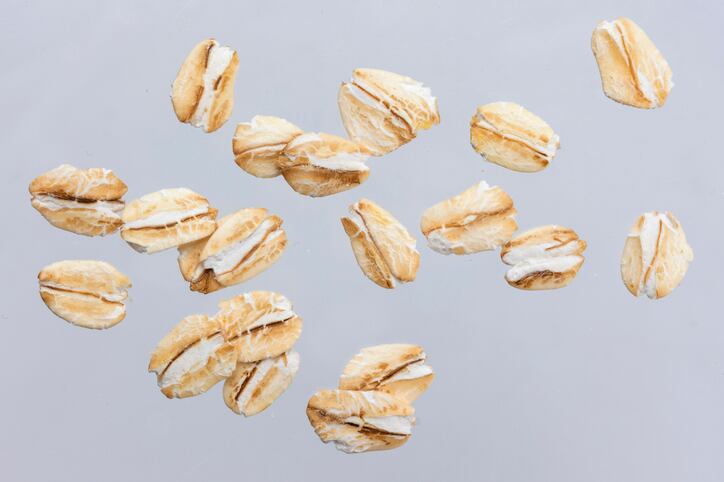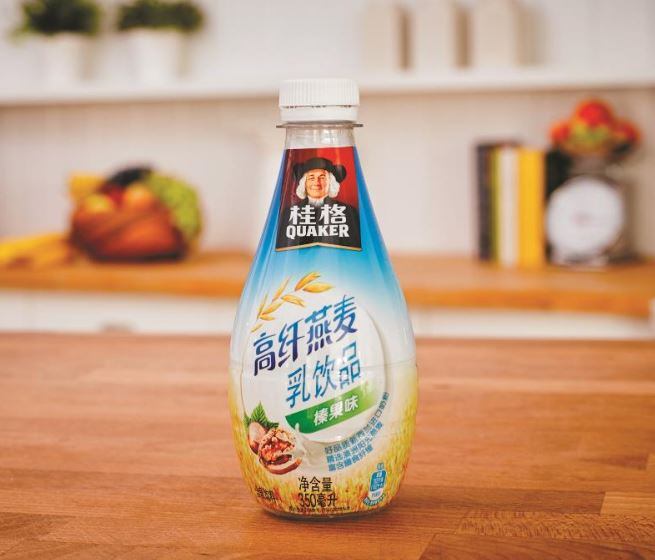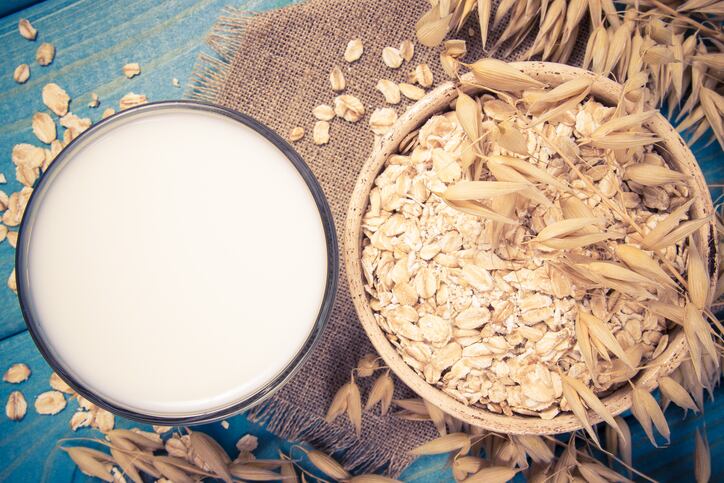Filed through PepsiCo-owned Quaker Oats Company, the patent describes a method for manufacturing a clean-label drinkable or spoonable dairy product made by co-fermenting oats and dairy.
There are some food products already on the market that blend both ingredients, both in an unfermented state and fermented state.
According to PepsiCo, however, what makes its patented product unique is the fact the milk and oats are fermented together, allowing the bacterial culture to act on both the dairy and grain simultaneously.
“[This] is believed to provide unique metabolites that cannot be produced by the separate or sequential fermentation of dairy and grains,” the patent reads.
These unique metabolites can include short-chain fatty acids, phenolic compounds, intact proteins, peptides, exopolysaccharides, oat fiber and glucans with a desirable prebiotic effect, and volatile flavors.
They also differ from the metabolites formed when mixing fermented oats with fermented dairy because the cultures typically used to ferment the two substrates are different.
The resulting product also has “desirable organoleptic properties”, write the R&D scientists.
A winning combination?

After combining the unfermented grain and dairy, the mixture is heated, inoculated with the live cultures, left to ferment, mixed, and homogenized.
According to PepsiCo, the various textures – from spoonable to drinkable – can be achieved thanks to the “unique processing steps” rather than by using additives or texturants, which may change the product’s taste.
The co-fermented yogurt can then be flavored with numerous ingredients, such as flavorings, fruit, cereal or grain pieces, nuts and seeds, and vegetable purees or vegetable pieces.
The co-fermented product may be sold as a fresh, chilled food product, in which case it has a refrigerated shelf-life of around 28 days, or as a shelf-stable, ambient food product with a shelf-life of between four and 12 months.
Using regular oat flour provides a sweeter, dairy yogurt flavor profile while a high-protein oat flour results in a “slightly savory” yogurt flavor with lower viscosity.
Other grains that have a similar carbohydrate and fat profile to oats, such as sorghum, buckwheat or barley, could also be used.
The product could allow PepsiCo to tap into growing interest for fermented foods, such as kefir and kombucha.
"Recent trends show a desire to purchase and consume fermented food products," it says in the patent. "Fermentation is a process that uses bacteria to break down carbohydrates of food into simpler metabolites, which is believed to increase the digestibility and absorption of vitamins, minerals, and other nutrients.
The patent identifies a number of cultures that can be used to kickstart the co-fermentation process, such as Lactobacillus delbrueckii subsp. bulgaricus, Lactobacillus acidophilus, Lactobacillus delbrueckii subsp. lactis, Lactobacillus fermentum, Lactobacillus paracasei, Lactobacillus rhamnosus, Streptococcus thermophiles, Bifidobacterium, Lactococcus lactis subsp. Cremoris and Lactococcus lactis subsp. lactis biovar diacetylactis.
The metabolites produced during fermentation depend on a number of factors, such as the base food ingredient used, the culture and fermentation conditions, according to the patent.
Quaker in Latin America
Health and wellness are increasingly important to Latin American consumers, and leveraging the Quaker Oats brand is one way PepsiCo intends to meet their demands.
“Consumers are becoming more aware of their eating habits and taking a more conscious approach on health,” Alina Hernández Aguilar, corporate affairs director at PepsiCo Mexico, previously told this publication.

Speaking about the Mexican market specifically, she added: “The Quaker brand is a key player in our nutrition portfolio; it is one of our strongest bets to keep growing in this market, so we are highly confident that we can tap into it.”
PepsiCo opened an R&D center for bakery products in Apodaca, Mexico in 2014, and has since launched a number of Quaker products for the international market, such as ‘Good Start Cookies’ for Dubai and ‘Biscuit Bites’ for China.
It also has a number of oat-based products specifically for the Latin American market in the pipeline.
"In Latin America, we are innovating with Quaker superfoods, a new premium platform with differentiated ingredients such as oats with rye, amaranth, flaxseed, and quinoa," the company said recently in an investors' call.
In 2017, Latin America accounted for 11% of the soda-to-snacks manufacturer’s total US$63.5bn net revenue.
Source: World International Property Organization (WIPO)
Patent title: “Co-fermented food product from dairy and grain”
Published online 9 May 2019, publication number: WO/2019/090119
Inventors: Collins, Dohnalek, et al.

